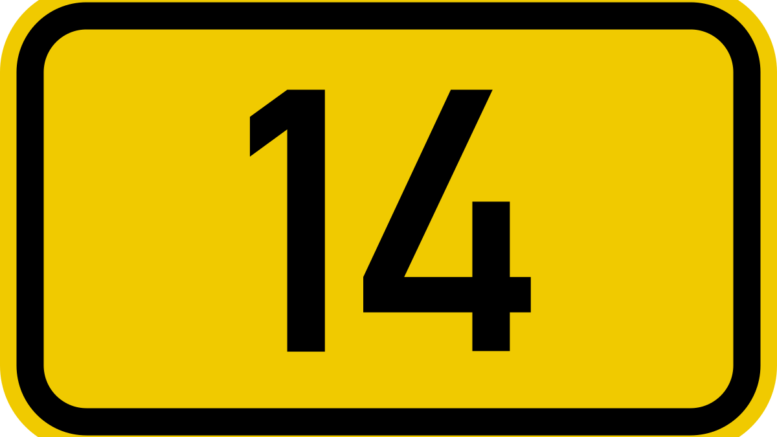You’ve never heard of Band 14? It’s the biggest thing to come to cell phones since, well, Band 17 I guess. Seriously though folks, Band 14 is a big deal for cellular technology and it’s even a bigger deal for your local first responders.
The band plan makes no sense.
There I said it and we can move on. If you were imagining that the nation’s cellular frequencies were arranged in a nice little row with Band 1 at the low end and Band 99 at the high end… sorry it just doesn’t work that way. It actually does make a lot of sense when you realize that each “band” is just one part of a larger frequency range though. Let me explain.
Here in the US there are several different frequency ranges used for cellular. Take a look:
| Band 17 | 700 MHz |
| Band 13 | 700 MHz |
| Band 5 | 850 MHz |
| Band 4 | 1700-2100 MHz |
| Band 25/2 | 1900 MHz |
Those are the major frequencies used today. Sprint and T-Mobile also have a few chunks of electromagnetic spectrum that no one uses.
Now technically when we say “Band 5” we mean “850MHz Band 5.” There are lots of tiny little frequency ranges between 800 and 900MHz, this just happens to be number 5. The other ones aren’t used for cellular. But since we’re talking about cellular, we just say “Band 5” and the old-school folks know what we’re talking about.
Band 14?
When we say “Band 14” we actually mean “700MHz Band 14.” It ‘s a chunk of spectrum that has been specifically reserved for first responders and their cell phones. And that is a very, very good thing.
Band 14 will be used for FirstNet, a nationwide cellular network open only to our first responders and no one else. FirstNet was created as a response to over a decade of national emergencies. At the dawn of the twenty-first century it became obvious that there was a problem with our first responders. Police, fire, medical, military and other groups had always communicated on their own radios for the sake of security. Often times it took a dedicated dispatcher on each side just to let our military talk to local police, for example.
Of course by 2001 every officer and every soldier on US soil had an easy answer for that: a cell phone. The cell phone became an invaluable tool for first responders but there was always one problem. During a national emergency, what do we do? We get on our phones. We get on our phones a lot. That clogs up the cellular network. All of a sudden, first responders can’t use their phones and neither can anyone else.
That’s why FirstNet was born. The mission was simple. Create phones, and a network to use them, that only first responders could access. That way it would never be clogged. AT&T was tapped to build it, and they’ve been busy doing just that.
Are there Band 14-compatible phones?
Yes, there are a few phones that will work with Band 14. They also work with regular cell phone frequencies, so a first responder doesn’t need two phones if they want just one. Regular folks can’t buy them, although volunteer first responders can.
Will cell boosters work with Band 14?
At this time no commercially available booster will work with Band 14. Our manufacturing partners have told us that they’re coming, though. That shouldn’t stop a first responder from getting a cellular signal booster, though, since FirstNet is still in the process of being built and until it’s complete every first responder should have the best access possible to today’s cell frequencies.
If you’re looking for the best equipment for first responders, everything from push bars to accessory harnesses, from base stations to safety rigs, you’ll find it at the same place you find great cellular signal boosters: Solid Signal.





